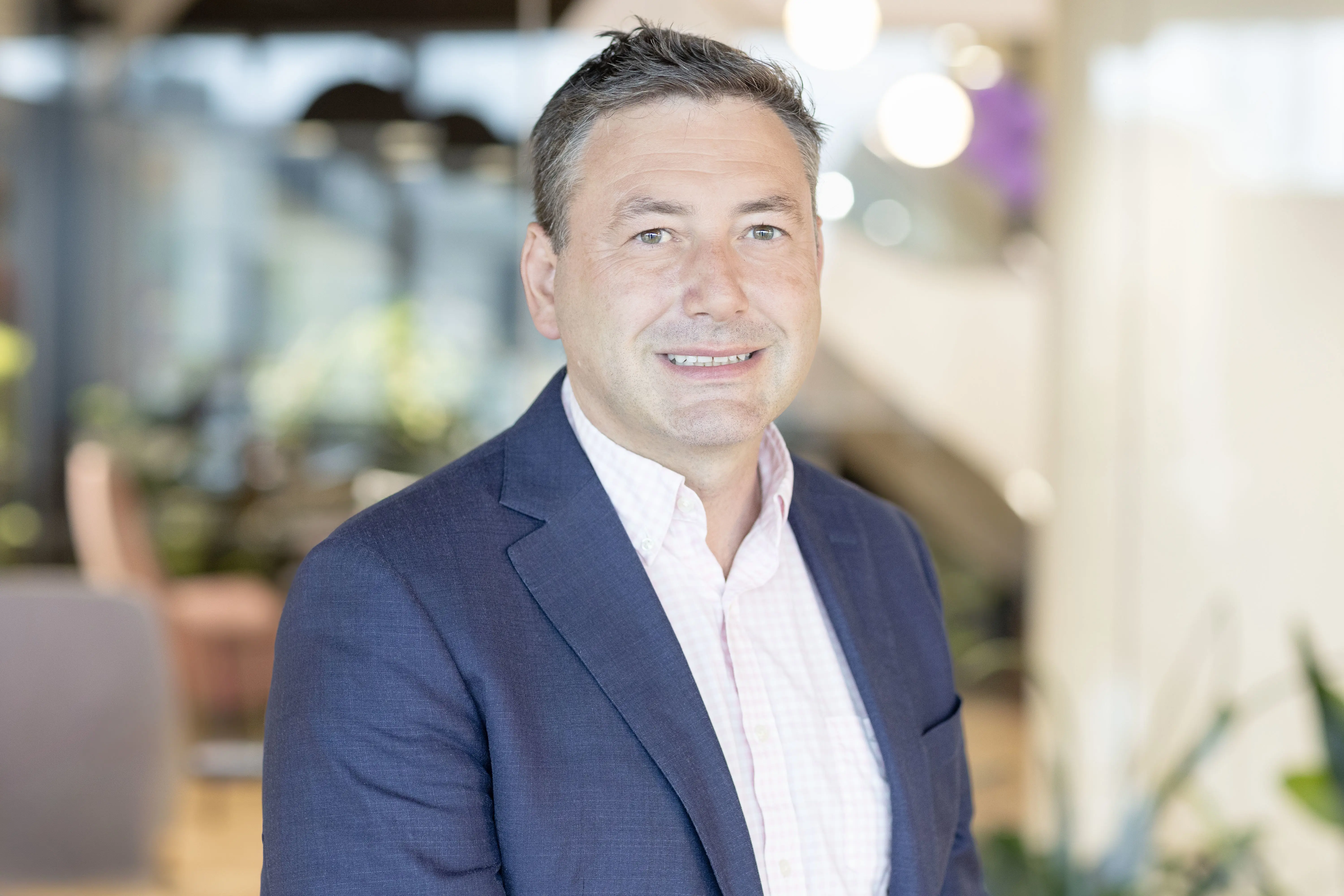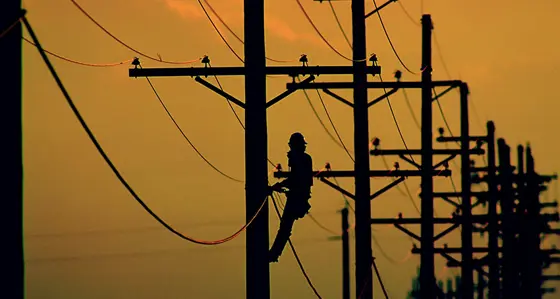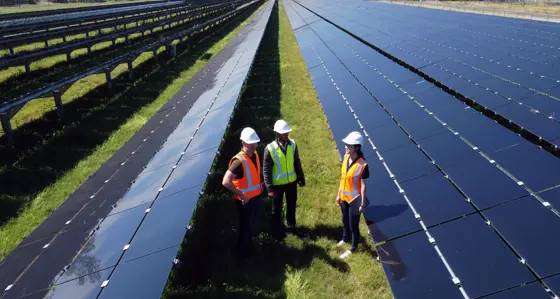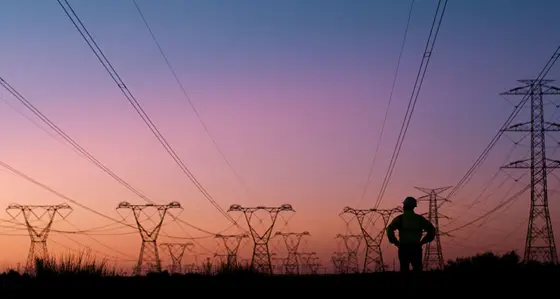
How can DNSPs better understand, serve and harness the assets of their evolving customer base?
5 min read 30 September 2025
As Australia’s grid transitions, Distribution Network Service Providers (DNSPs) need to gain a better understanding of the diverse demands of a new range of customers. For decades, networks were able to treat customers as passive, largely homogeneous load points. A few simple categories – residential, SME or commercial and industrial – were enough to plan the grid. That model no longer works.
Today, thanks to widespread deployment of consumer energy resources, customers are simultaneously users and generators. The electrification of homes, transport and businesses is driving more diverse, less predictable load shapes.
At the same time, communities expect the transition to be affordable and fair. Pressures around equity and social licence mean DNSPs can no longer plan without deeply understanding their customers. Regulators know this. The Australian Energy Regulator’s (AER) Customer Engagement Framework ties revenues and approvals to evidence of genuine customer engagement.
Not understanding customers now risks over- or under-investing, misjudging demand flexibility and, potentially, losing the trust needed to deliver the transition.
At Baringa, our DNSP clients are interested in the journey of the UK’s Distribution Network Operators (DNOs). Baringa has been working extensively with British DNOs as they mature their capability in Distribution System Operation (DSO) as they begin to enable local energy exchanges, develop markets for flexible capacity and collaborate to create new customer-facing products that reward households and businesses for allowing control of their assets to support grid stability.
Having a greater understanding of customers will unlock value
Moving beyond blunt categories like “residential” versus “business” towards behavioural, attitudinal and technology-driven insights will give DNSPs a much sharper picture of demand and export at the local level. Such information can reduce the risk of overbuilding and enable targeted investment where it is needed most.
The UK experience points to what’s possible. Baringa and Energy Networks Association (ENA), representing seven of the UK DNOs, collaborated to create Connect Direct, an AI-powered industry platform that instantly processes household applications to install heat pumps, solar panels and EV chargers. For customers, the benefit is near-instant approval. For networks, the platform provides unparalleled visibility into uptake patterns and device capabilities, allowing for more accurate forecasting and planning.
Data-rich customer profiles will help DNSPs to create demand response programs that defer costly capex or align offers with what different groups value – bill savings, green impact or resilience – helping to unlock more Distributed Energy Resources (DER) flexibility. Data-based flexible connection offerings will enable larger customers to connect quickly on the basis that their supply may be curtailed at a certain level on a set number of days each year. This type of approach encourages the design of business models that can tolerate and even optimise around constraints.
DNSPs that can segment their customers more effectively will also be better able to respond to the AER’s expectations of robust evidence that customer needs have shaped network strategies. Perhaps most importantly, they can find new ways to build trust. Well-segmented engagement helps communities back local infrastructure projects. DNSPs will also have the data to tailor support for vulnerable households so tariff reform or Consumer Energy Resources (CER) integration doesn’t disadvantage them.
How to develop better customer understanding
DNSPs can struggle to understand the value customer data might unlock because legacy digital infrastructure lacked the capability to capture, integrate and analyse customer-level data.
In states with strong smart meter penetration, DNSPs can use smart meter data as a rich source of insight into how households and businesses are using and generating energy. By combining this data with other sources, DNSPs can build postcode-level intelligence on CER and DER uptake, creating the foundation for more strategic forecasting and targeted investment.
Eventually, leading DNSPs will create nuanced customer personas, illuminating not only what assets customers want to connect and own, but their motivations, risk appetites and participation preferences. This, in turn, can shape the design of services that meet customers’ needs across the full journey, from discovery and planning, to participating markets to generate additional revenue. DNSPs will also likely need to invest in systems, processes and policies – and the associated culture change – to support more direct engagement and collaboration with customers themselves.
The prize for getting it right
While the future role of DNSPs is not yet clearly defined in Australia’s regulatory framework, this uncertainty should not deter them from preparing for what lies ahead. Customers are going to play an increasing role in how the grid is planned, operated and stabilised. DNSPs that start now to build no-regrets capabilities – better forecasting, the smarter use of data and the ability to design and test flexible connection and service models – will be better placed to adapt to whatever market design and regulatory arrangements emerge.
Eventually, the rewards will be substantial for evolving customer-focused capabilities. Customer understanding is an important lever to help DNSPs integrate vast amounts of distributed behind the meter solar and storage — potentially around 90GW by 2050 (Baringa projections) — without destabilising the grid. It will also support lower bills by using flexibility to defer costly network upgrades. This is part of how DNSPs will maintain community trust and regulatory goodwill, which will be crucial to securing future approvals. And it opens opportunities to access new revenue streams.
By exploring their options early, DNSPs can set themselves up to manage a dynamic future grid, helping to shape it to deliver lasting value for customers and the energy system as a whole.
If you'd like to discuss this topic further, reach out to our team below.
Our Experts

Related Insights

Could under-investment be worse than under-utilisation for Australia’s energy networks?
The UK is doubling its annual spend on distribution networks - should Australia follow?
Read more
New emissions criteria in Australia's National Energy Objectives
We explore the implementation challenges and key questions relating to Australia's revised National Energy Objectives.
Read more
The ‘missing money’ gap for firming assets in Australia's NEM
If it solves the ‘missing money’ problem for firming assets, the NEM Review will have been a success.
Read more
Headwinds for the NEM transition: an alternative scenario for Australia’s NEM
Baringa's analysis explores challenges in Australia's NEM transition, highlighting nuclear deployment delays, slower renewables investment, and extended coal use.
Read moreIs digital and AI delivering what your business needs?
Digital and AI can solve your toughest challenges and elevate your business performance. But success isn’t always straightforward. Where can you unlock opportunity? And what does it take to set the foundation for lasting success?